Pubs have long been more than just places to gather over drinks; they are cultural landmarks that tell stories of history, community, and craftsmanship. From historic taverns to modern gastropubs, pub architecture has evolved through the ages, offering endless inspiration for those who appreciate the art of design. Whether you’re a budding architect, a design enthusiast, or simply someone who enjoys exploring unique spaces, pub architecture provides a rich tapestry of ideas and influences. In this journey through timeless styles, we’ll explore the evolution of pub architecture, the key design elements that make them stand out, and how they continue to inspire new creations across the globe.
Key Takeaways
– Material Selection: Blend traditional elements like exposed brick or stone with modern accents like glass or metal for a timeless, authentic design.
– Lighting Design: Use Edison bulbs for a classic glow while integrating modern LED lights to create dynamic zones.
– Furniture Choices: Mix traditional wooden stools with modern bar chairs for a balanced, versatile seating solution.
– Color Palette: Opt for warm, earthy tones paired with cool neutrals and metallic accents to achieve a modern yet traditional look.
– Design Features: Create open layouts with high ceilings for a spacious feel, while adding cozy elements like libraries for a traditional vibe.
– Artwork and Decor: Combine vintage photos with contemporary art to create a visually striking, era-spanning interior.
– Functional Technology: Integrate smart bars or digital menus without losing the pub’s character, ensuring modern convenience meets tradition.
– Outdoor Spaces: Extend the pub’s appeal with heaters and string lights, offering a modern twist on traditional beer garden concepts.
– Ambiance Creation: Design spaces that cater to both casual gatherings and intimate events, balancing comfort and style for versatility.
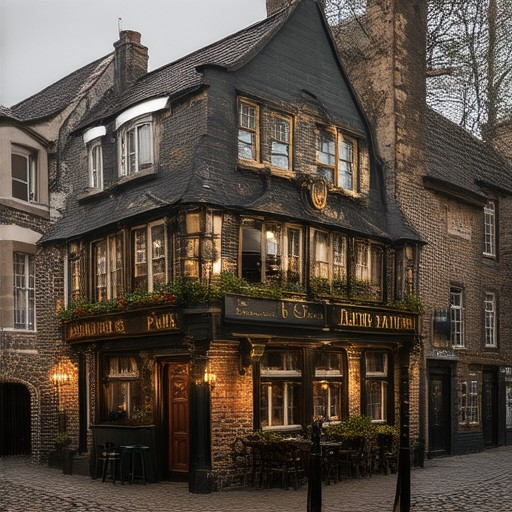
What Are the Different Types of Pub Architectures That Provide Inspiration?
Dufferin Arms explores a variety of pub architectures that offer unique inspiration, each reflecting distinct cultural, historical, and social contexts. Here’s a breakdown of the most notable types:
- Traditional Irish Pubs : Characterized by their cozy, welcoming interiors, these pubs often feature exposed brick walls, dark wood accents, and intricate tile work. The Dufferin Arms highlights the charm of these establishments through its detailed articles on Ireland’s pub culture.
- Modern Breweries and Taprooms : With a focus on innovation, these spaces blend contemporary design with functional brewing equipment. Our blog delves into how modern breweries are redefining pub aesthetics while maintaining a warm, inviting atmosphere.
- Themed Pubs : From Celtic-themed pubs to retro-style bars, themed pubs offer a immersive experience. Learn more about how these creative designs inspire interior decor ideas in our comprehensive guide.
- Country Inns and Coaching Houses : These historic pubs often retain original architecture, blending old-world charm with modern amenities. Discover the allure of these traditional spaces in our feature articles.
- Microbrewery Taprooms : Small-scale breweries often feature minimalist yet inviting designs, emphasizing craftsmanship and community. Explore the unique layouts of these spaces in our dedicated posts.
Each type of pub architecture tells a story, from the historic taverns of yesteryear to the sleek, modern breweries of today. Whether you prefer the warmth of a traditional Irish pub or the cutting-edge style of a microbrewery taproom, there’s something to inspire every design enthusiast.
Explore more insights on pub architecture and design by visiting our Dufferin Arms blog , where we discuss everything from historical pubs to contemporary innovations in pub design.
How Can I Get Inspired by the Interior Design of Pubs?
To get inspired by the interior design of pubs, consider the following approaches:
- Research Pub Architecture: Explore the unique styles of pubs globally. Visit websites like Pub History to learn about traditional and modern designs.
- Study Local Pubs: Investigate local pubs near you to see how they blend historical elements with contemporary decor. Check out Local Pubs for insights.
- Examine Color Schemes: Pubs often use warm, earthy tones. Consider visiting Color Bible for palette ideas that mimic pub aesthetics.
- Look at Lighting Designs: Pubs typically have dimly lit, inviting environments. Study lighting options from Lighting Direct to recreate the ambiance.
- Adopt Furniture Choices: Incorporate sturdy, comfortable furniture like bar stools or armchairs. Visit Furniture Choice for similar styles.
By combining these elements, you can create a space that captures the essence of a classic pub while fitting your personal style.
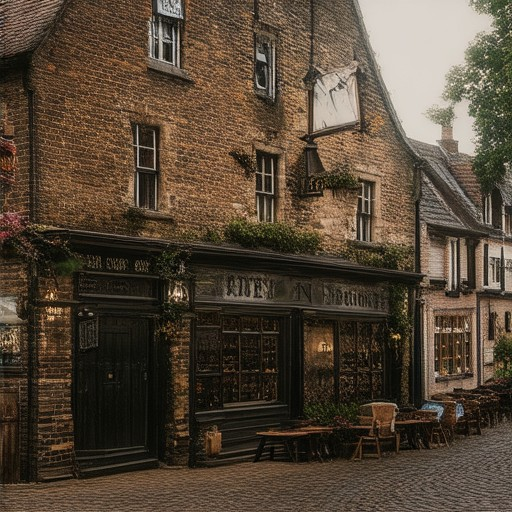
Where to Find Inspiration for Pub Architecture
Dufferin Arms offers a wealth of resources and insights to inspire your pub design. Here are some recommended ways to explore/pub-architecture-inspiration:
- Online Resources: Start by exploring platforms dedicated to pub culture and architecture. Dufferin Arms provides detailed articles and guides on creating inviting spaces that reflect local heritage and community values.
- Design Guides and Books: Check out publications like “The Art of Pub Design” by leading architects and designers. These resources often feature case studies of successful pub designs.
- Competitor Insights: Visit websites like The Publican and Pint Interest to see how others have approached pub architecture and interior design.
- Local Cultural Spots: Tour historic pubs in your area to get a firsthand look at architectural styles and design elements that resonate with your community.
- Architectural Firms: Collaborate with firms specializing in hospitality design. Many firms, such as Architecture Design Studio , offer tailored solutions for pub interiors.
By combining these resources, you can create a pub design that is both stylish and meaningful to your community. Let Dufferin Arms help you navigate the process with expert insights and practical advice.
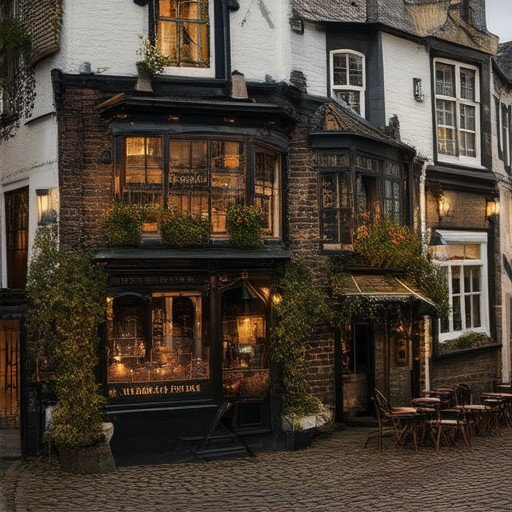
Blending Modern and Traditional Elements in Pub Architecture
Creating a pub that seamlessly blends modern and traditional elements requires a thoughtful approach to design, ensuring the space feels both contemporary and timeless. Here’s how you can achieve this balance:
- Material Selection: Use a combination of traditional materials like exposed brick or stone with modern elements such as large glass windows or metal accents. This creates a contrast that highlights the best of both worlds.
- Lighting Design: Incorporate Edison bulbs for a classic, warm glow while adding modern LED lighting or pendant fixtures to create dynamic zones within the space.
- Furniture Choices: Mix sturdy, traditional wooden stools and tables with sleek, modern bar chairs or industrial-style seating options to achieve a balanced look.
- Color Palette: Opt for a warm, earthy color scheme reminiscent of traditional pubs, paired with cooler, neutral tones and metallic accents to introduce a modern flair.
- Design Features: Consider open layouts with high ceilings for a spacious, contemporary feel, while adding elements like libraries or reading nooks to introduce a traditional, cozy atmosphere.
- Artwork and Decor: Display vintage photographs or artwork alongside contemporary art pieces to create a visually appealing space that bridges eras.
- Functional Technology: Integrate modern amenities like smart bars or digital menus without compromising the pub’s character, ensuring functionality meets tradition.
- Outdoor Spaces: Extend the pub’s appeal with outdoor seating areas featuring heaters and string lights, offering a modern take on traditional beer garden concepts.
- Ambiance Creation: Design the space to cater to both casual gatherings and intimate events by balancing comfort with style, ensuring it remains inviting and versatile.
By thoughtfully combining these elements, you can create a pub that stands out as a unique blend of tradition and modernity, appealing to a broad audience while maintaining its cultural heritage.
Key Elements of Pub Architecture That Provide Inspiration
Pub architecture is a unique blend of history, functionality, and creativity. Its design elements often draw inspiration from various cultural, historical, and social influences. Here are the key elements that make pub architecture stand out and provide endless inspiration:
Historical Touches
Pubs have deep roots in history, often serving as gathering places for communities since medieval times. Many pubs feature architectural elements that reflect their historical significance, such as timber-framed structures, arched doorways, or the use of local materials like stone and wood. These historical touches not only pay homage to the past but also create a sense of warmth and authenticity.
Open Spaces
Modern pub architecture often emphasizes open spaces that encourage social interaction. Large, communal tables, cozy seating areas, and floor-to-ceiling windows that let in natural light are common features. These designs foster a welcoming environment, perfect for catching up with friends or enjoying a relaxed meal.
Innovative Decor
Pub interiors are known for their creative decor, blending traditional and contemporary styles. From vintage signs and quirky artwork to exposed brick walls and industrial lighting, pubs offer a canvas for unique design ideas. This mix of old and new creates a visually striking atmosphere that sets apart pub spaces from other types of establishments.
The Role of Community
Pubs are more than just buildings; they are hubs of community. Their architecture often reflects this role, with designs that encourage people to gather, share stories, and feel at home. Whether it’s a small, intimate space or a large, bustling pub, the focus is always on fostering connections among patrons.
Sustainability and Eco-Friendly Design
Many modern pubs incorporate sustainable design elements, such as energy-efficient lighting, recycled materials, and eco-friendly building practices. This trend aligns with the growing demand for environmentally conscious spaces, making pubs not only social hubs but also contributors to a greener future.
Local Culture and Identity
Each pub has its own unique identity, shaped by its location and the preferences of its regulars. This cultural influence is reflected in the architecture, with designs that cater to the local vibe, whether it’s a rural tavern or an urban loft-style pub.
If you’re looking for inspiration for your next project, consider these elements and how they can be adapted to suit your vision. Whether you’re designing a new pub or renovating an existing one, the rich tapestry of pub architecture offers countless possibilities to create spaces that are both functional and full of character.
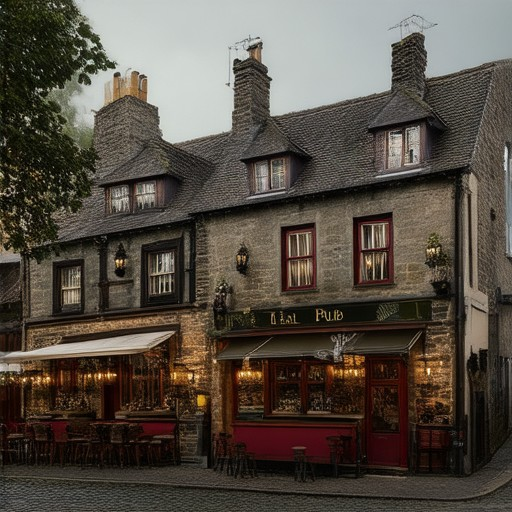
Key Elements of Pub Architecture That Provide Inspiration
Pubs have long been hubs of community and cultural exchange, offering a unique blend of history, design, and functionality. Their architecture often reflects the values and traditions of the regions they inhabit, making them a rich source of inspiration for designers and architects.
Historical Influences
Pub architecture is deeply rooted in history, particularly in Britain and Ireland, where traditional pubs have evolved over centuries. The design elements often reflect local heritage, such as the use of exposed wooden beams, stone walls, and thatched roofs, which are common in rural pubs. These features not only pay homage to tradition but also create a sense of warmth and nostalgia.
Open Spaces and Social Interaction
Modern pub designs frequently incorporate open layouts that foster social interaction. Whether it’s a cozy corner for reading or a large communal table for gathering, these spaces encourage people to mix and engage. The integration of seating areas, bars, and dining spaces creates a vibrant environment that naturally lends itself to conversation and camaraderie.
Innovative Design Elements
Contemporary pub architecture often blends traditional and modern aesthetics. For instance, many newer pubs feature industrial-style interiors with metal accents, large windows, and minimalist furniture. These designs aim to create a stylish yet approachable atmosphere, appealing to a diverse crowd.
Local Culture and Identity
Pubs are often reflections of their surrounding communities. From neighborhood pubs serving local beers to themed establishments inspired by regional cultures, the architecture and decor often mirror the identity of the area. This connection to place helps pubs feel like cherished landmarks rather than just venues for entertainment.
Sustainability and Functionality
Many modern pubs prioritize sustainability, incorporating eco-friendly materials and energy-efficient systems. While this isn’t always visible, it contributes to the overall functionality and comfort of the space. Functional design elements like well-placed lighting, soundproofing, and comfortable seating enhance the guest experience without compromising on style.
Diverse Layouts and Configurations
Pub designs vary widely depending on their purpose and location. Some are compact and intimate, perfect for small gatherings, while others are spacious enough to host larger events. Flexibility in layout allows pubs to adapt to different needs, whether it’s a quiet evening drink or a lively celebration.
Conclusion
The key elements of pub architecture—historical influences, open spaces, innovative design, local culture, sustainability, and diverse configurations—combine to create spaces that are both functional and inspiring. These characteristics not only define the essence of a pub but also contribute to its timeless appeal and enduring popularity.

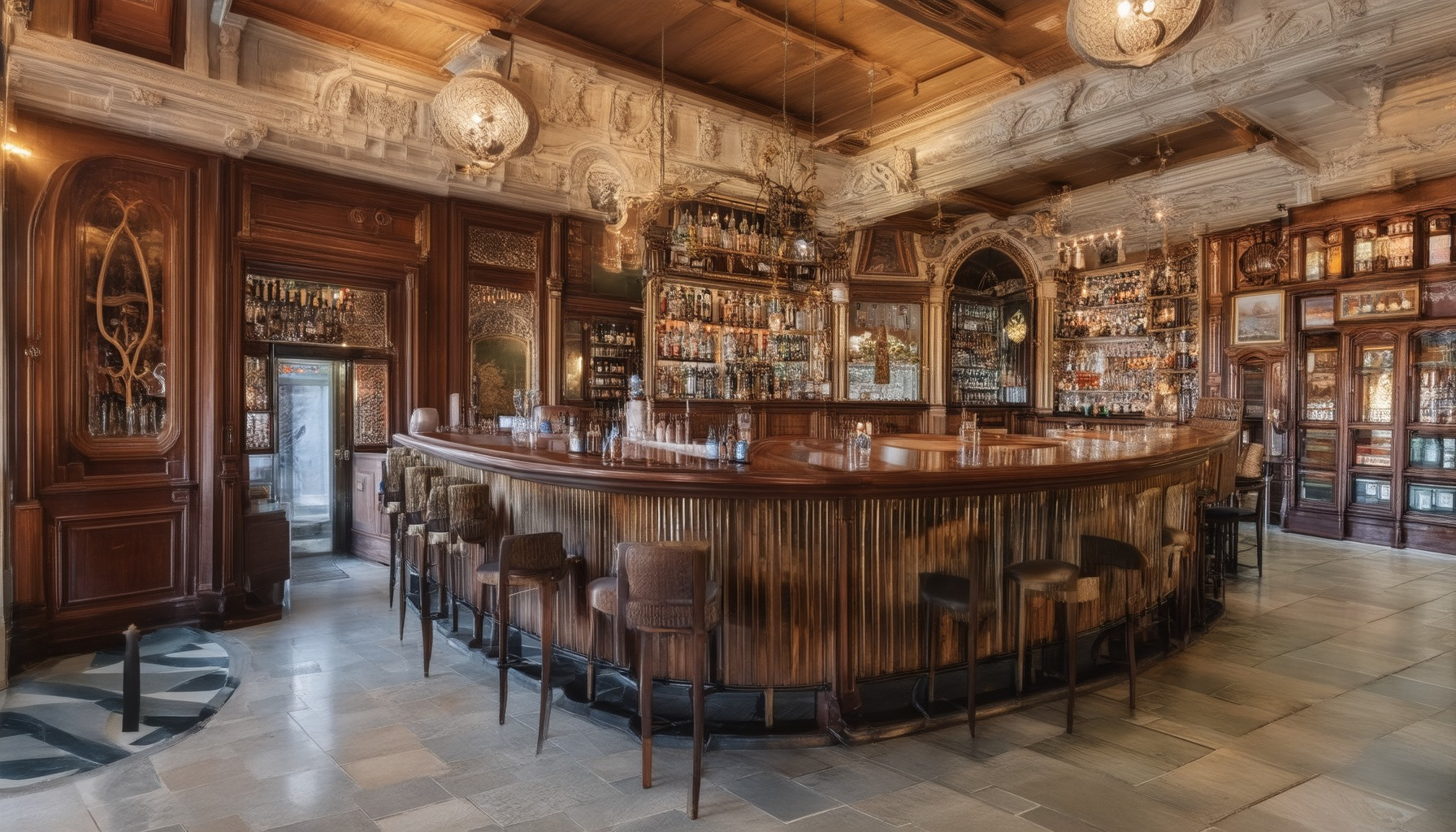
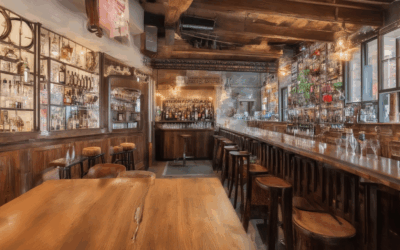
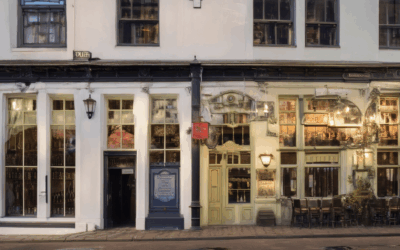
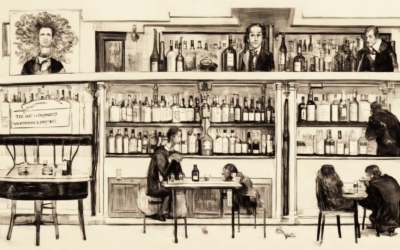
0 Comments